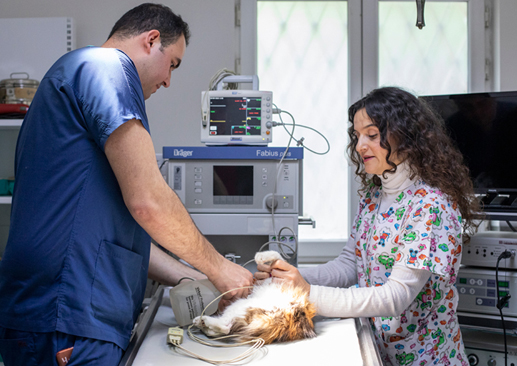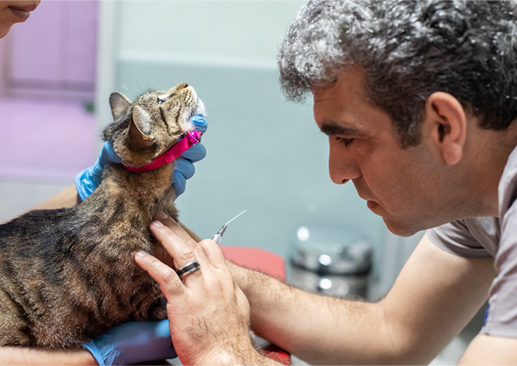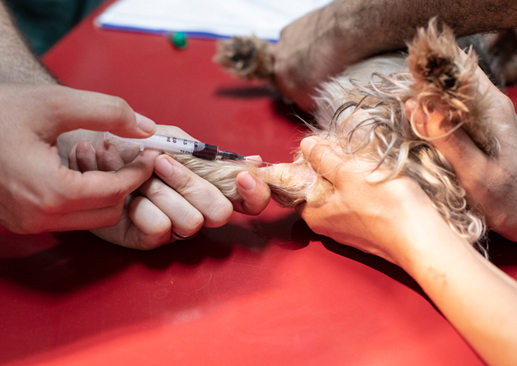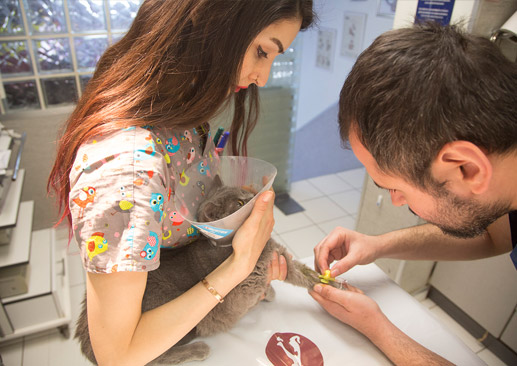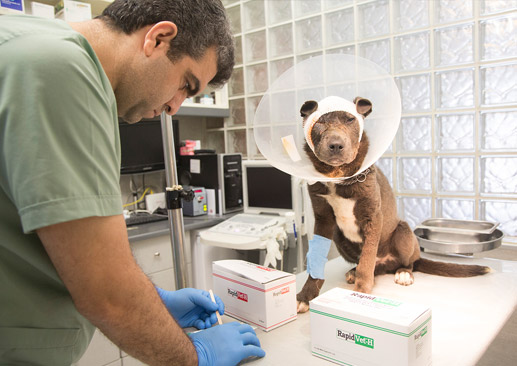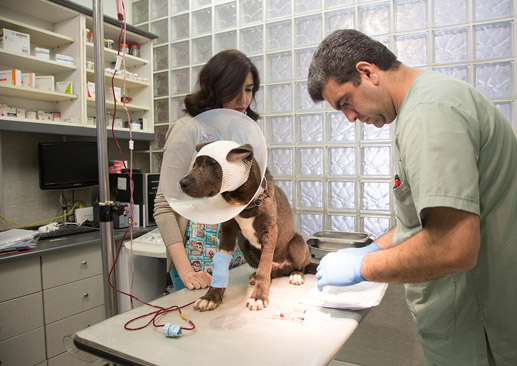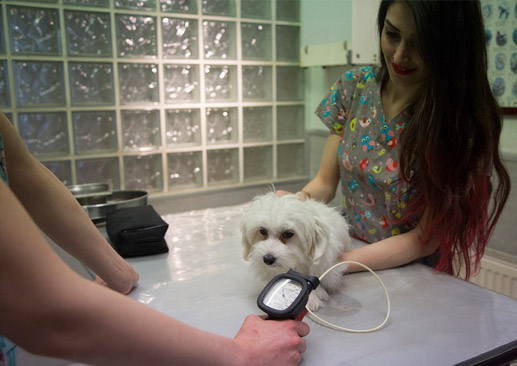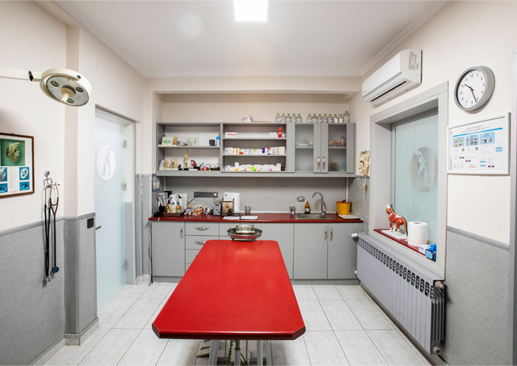- ANA SAYFA
- ABOUT US
- OUR SERVICES
- Emergency Medical Intervention
- General Examination
- Surgery
- Electrocardiography (ECG)
- Ophthalmologic Examination
- Neurological Examination
- Dentistry
- Veterinary Oncology
- Veterinary Dermatology
- Ultrasonography
- Digital Radiography
- Endoscopy
- Exotic Animals
- Homeopathy
- Ozone Gas
- Laser Therapy
- Geriatric Care
- Laboratory
- Hairdresser
- Pet Shop
- Gynaecology
- Kulak Hastalıkları Galeri
- Ear Disorders
- Operating Room
- OUR TEAM
- CERTIFICATES
- BOĞAZİÇİ Blog
- TÜRKÇE
7/24 Emergency Service
Our Polyclinic Hours:
Monday - Sunday / 08:30 - 18:30
Address
Levent Cad. Yeni Sülün Sokak No. 9
Levent / İstanbul

7/24 Emergency Service
Our Polyclinic Hours:
Monday - Sunday / 08:30 - 18:30

- HOME PAGE
- ABOUT US
- OUR SERVICES
- Emergency
- Safe Anesthesia
- Surgery
- Intensive Care
- General Examination
- Electrocardiography (ECG)
- Ophthalmologic Examination
- Neurological Examination
- Dentistry
- Digital Radiography
- Veterinary Oncology
- Veterinary Dermatology
- Gynaecology
- Exotic Animals
- Geriatric Care
- Homeopathy
- Ultrasonography
- Endoscopy
- Ozone Gas
- Laser Therapy
- Laboratory
- Hairdresser
- Pet Shop
- Ear Disorders
- Laparoscopic Procedure
- LDN
- PRP
- Peritoneal Dialysis
- Operating Room
- OUR TEAM
- CERTIFICATES
- BOĞAZİÇİ





